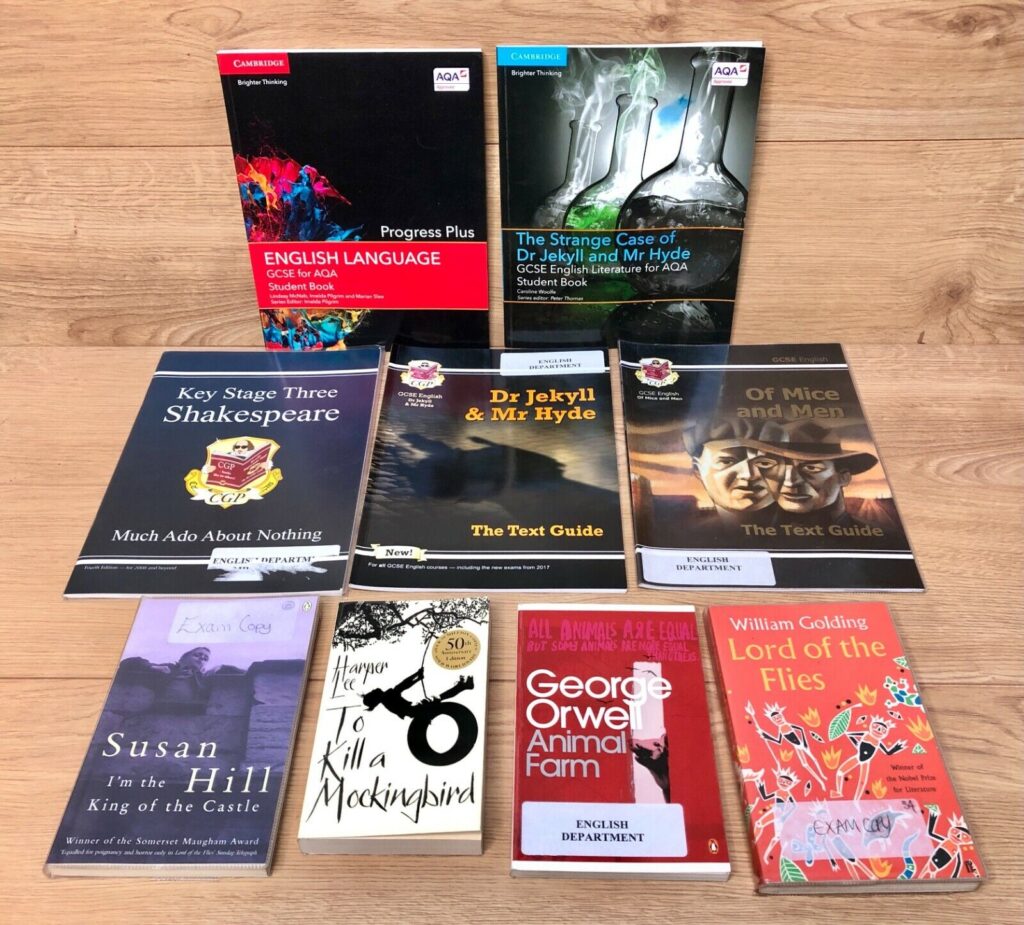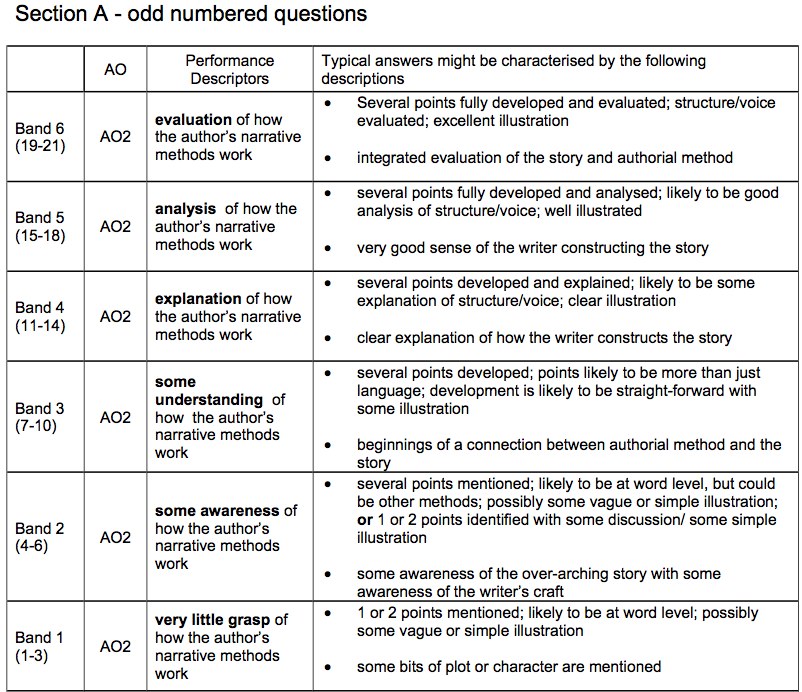A Level English Literature – Topics, Resources and Self-Testing
What Are A-levels? A Brief Overview
A-level Grading Scheme: How Does It Work?
Key Topics in A-level English Literature
Literary Periods and Movements
A-level English Literature often delves into various eras and schools of thought in the literary world. You might explore texts from the Renaissance, the Romantic period, Modernism, and Post-Modernism, among others. Understanding the historical and philosophical context of these periods can enrich textual analysis and interpretation.
Types of Texts
Students are exposed to a diverse range of texts that span genres such as prose, poetry, and drama. Each form has its unique characteristics and techniques, and mastering them can significantly benefit the analytical process.
Literary Analysis Techniques
Learning how to “read” beyond the surface is pivotal in English Literature. Techniques like close reading, thematic analysis, and character study are commonly employed to dissect texts at an advanced level. A strong grasp of literary devices also plays an important role in building insightful analysis, from alliteration and irony to metaphor and foreshadowing. In fact, many of the core skills used in English Literature, especially those tied to language analysis also appear in A Level English Language, where students explore how meaning is shaped through word choice, structure, and tone.
Contextual Analysis
This topic extends beyond the text itself to consider wider societal, historical, or philosophical issues that influence a work. A nuanced understanding of these external factors can illuminate the complexities of a text, offering a more comprehensive interpretation.
Common Difficulties in A-level English Literature

Analysis Paralysis
At this advanced level, the pressure to offer groundbreaking insights can sometimes be overwhelming, leading to overthinking or what’s often termed ‘analysis paralysis.’ Students may find themselves caught in a web of infinite possibilities without arriving at a solid interpretation.
Contextual Understanding
While a text might be enjoyable at a surface level, A-levels demand an understanding of the broader cultural and historical context. Students sometimes struggle with linking texts to the epochs they represent, which can be a handicap in meeting assessment objectives.
Interpretative Challenges
The beauty of literature lies in its open-ended nature; however, this can also be a source of difficulty. Students often grapple with multiple interpretations and viewpoints, which, while enriching, can create confusion in crafting a coherent essay.
Time Management During Exams
Given the depth and breadth of A-level English Literature, managing time during exams is a significant challenge. Balancing the need to offer detailed analyses while adhering to time constraints is often a stumbling block for many students.
Sample Exam Questions and Common Mistakes
Question 1: Character Analysis
Sample Question:
Analyse the role of Lady Macbeth in Shakespeare’s “Macbeth,” focusing on how her character contributes to the play’s themes.
Common Mistakes:
- Surface-Level Analysis: Many students make the mistake of merely describing Lady Macbeth’s actions instead of delving into how these actions contribute to the play’s themes.
- Ignoring Context: A good answer should incorporate the societal norms and gender roles of the time, which many students overlook.
In-Depth Explanation:
A robust answer would discuss Lady Macbeth’s complexity and her role in driving the plot, whilst also linking this to the overarching themes of ambition, power, and the disruption of natural order.
Question 2: Thematic Essay
Sample Question:
Discuss the theme of isolation in Emily Brontë’s “Wuthering Heights.”
Common Mistakes:
- Lack of Textual Evidence: Students sometimes make sweeping statements about the theme without substantiating their claims with textual references.
- Monolithic Interpretation: A single lens or interpretation, without considering alternative viewpoints, can limit the depth of the analysis.
In-Depth Explanation:
A compelling answer would explore various characters’ experiences of isolation, drawing on specific textual examples, and might also consider how the theme interacts with other themes like love or revenge.
Question 3: Comparative Analysis
Sample Question:
Compare how the theme of social class is portrayed in Charles Dickens’ “Great Expectations” and Jane Austen’s “Pride and Prejudice.”
Common Mistakes:
- Imbalance: Often, students focus too much on one text and not enough on the other, leading to an imbalanced comparison.
- Surface-Level Comparison: Merely noting that both texts deal with social class without analysing how they do so differently can result in a weak answer.
In-Depth Explanation:
An excellent response would offer a nuanced discussion, detailing how each author treats the theme differently based on the texts’ respective historical contexts and character perspectives.
Marking Scheme and Objectives

Understanding the marking scheme can offer a distinct advantage in maximising one’s grades. Here’s what you should know:
Assessment Objectives (AOs)
A-level English Literature typically has several assessment objectives, commonly known as AOs, which vary slightly depending on the examination board. However, they generally fall into these categories:
AO1: Textual Understanding
This objective evaluates a student’s ability to offer clear, detailed, and coherent textual interpretations. Points are awarded for arguments that are logically structured and effectively communicated.
AO2: Analysis and Interpretation
Here, the focus is on the depth and subtlety of textual analysis. This includes not only what is explicitly stated in a text but also what is implied, as well as the techniques employed by the author to convey meaning.
AO3: Contextual Understanding
Students are expected to place texts within their broader historical, cultural, or social contexts. This provides an enriched understanding and a more comprehensive textual analysis.
AO4: Comparative Analysis (where applicable)
In courses that require the study of more than one text, this objective assesses the ability to compare and contrast texts effectively, focusing on themes, characters, and literary techniques.
Grading Criteria
The objectives are not weighted equally; some have more impact on the final grade than others. Understanding this weighting can help students allocate their revision and exam time more effectively.
The Importance of Balance
Aiming for high marks across all AOs creates a more rounded skill set and offers the best chance for academic success. Specialising too much in one area can be detrimental if other objectives are neglected.
You’ve heard it before—success in A-level English Literature isn’t just about hitting the books; it’s about using the right tools. Here’s a concrete list of resources that can give your preparation a real boost.
Traditional Study Materials
- Cambridge A-Level English Literature Textbook: Provides comprehensive subject coverage tailored to most examination boards.
- AQA A-level English Literature Revision Guide: An excellent guide if you’re taking the AQA board exam, focusing on how to meet assessment objectives.
Online Platforms
- Seneca Learning: Offers free A-level English Literature courses that adapt to your individual learning style.
- Quizlet: Search for A-level English Literature flashcards or create your own for targeted revision.
Exam Prep
- Past Papers: Available on the Edumentors website, offering A-level English lit past papers and mark schemes for exam practice.
Discussion and Peer Groups
- Reddit’s r/6thForm: A great platform for peer advice and sharing resources, including study tips for A-level English Literature.
- The Student Room: Features study groups specifically for A-level English Literature where you can discuss your interpretations and get feedback.
Conclusion
We’ve mapped out the contours of A-level English Literature, but let’s face it no two journeys through this subject are ever the same. Think of this article as your compass; how you navigate is totally up to you or your child. If you’re looking for a guide along the way, our online tutoring platform is worth checking out. This isn’t about rote memorisation or ticking boxes; these tutors, hailing from the UK’s top universities, offer something more akin to role modeling, wrapped up in academic expertise.
So what’s the takeaway? In the world of A-level English Literature, knowledge is just the starting point. It’s your approach, your curiosity, and your willingness to dig deeper that’ll set you apart. Whether you’re cracking open a Shakespearean tragedy or a modern novel, remember: The best stories are the ones where the characters make bold choices. Don’t shy away from making yours.








